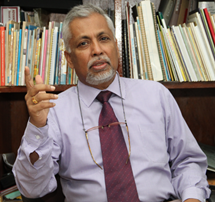"Family Transition in South Australia, Australian Population Association, Eighth National Conference", Australia's Population into the next Millennium,3-6 December, 1996, University of Adelaide, Australia.
“Family Transition in South Australia, Australian Population Association, Eighth National Conference”, Australia’s Population into the next Millennium,3-6 December, 1996, University of Adelaide, Australia.
Abstract:
The main objective of this paper is to examine how South Australian families have changed over the years in form and function. Although families have always been characterized by change, there is strong evidence everywhere in the world that they are changing faster than ever before. In order to understand how South Australian families have changed, the present paper attempts to investigate: what were the families in the past? ; how long had they been that way? And how can we interpret current trends. The family in South Australia has begun to move away from its previous state to another state where changes have occurred in the sex roles within the family which have increased women labour force participation; challenged the conditions underlying traditional marriage; reduced the number of children; increased incidence of marriage breakdown and increased the proportion of living alone or with non-relatives among unmarried adults. This paper suggests that South Australia has experienced two family transitions, the first transition beginning with the 1870s, and the second commencing in the early 1970s coinciding with two demographic transitions. Therefore, the trends in family structure were viewed as a reflection of basic demographic changes that have been occurring in the context of demographic transition.

